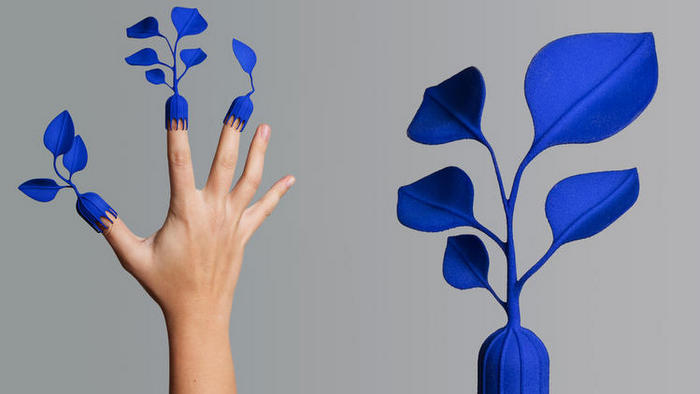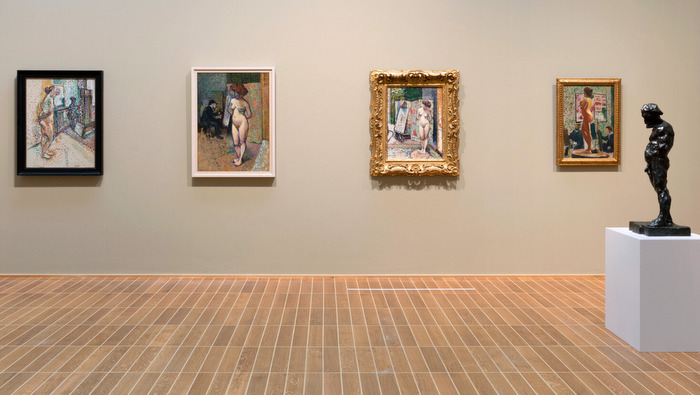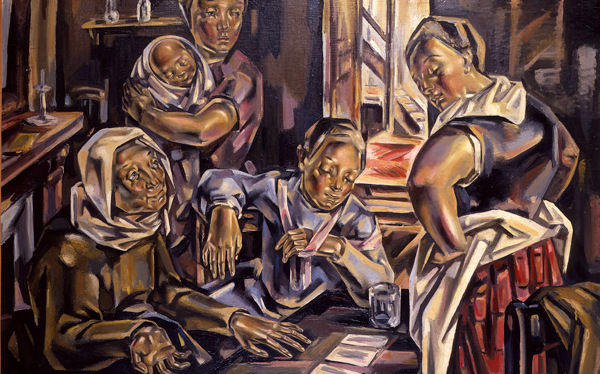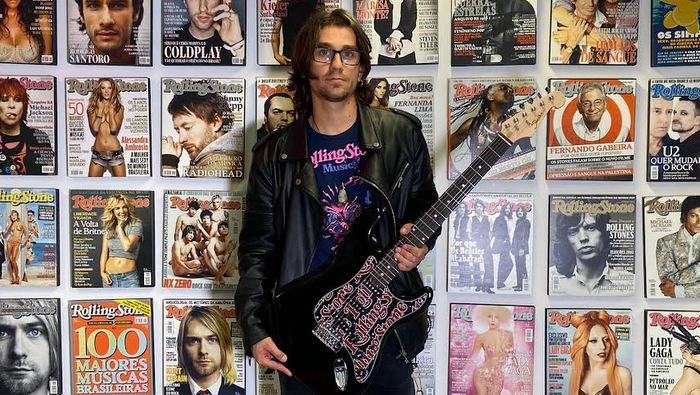At the outset of the twentieth century, a loosely affiliated group of artists centring around Henri Matisse, André Derain and Maurice de Vlaminck conducted revolutionary experiments in color. The name Fauves was bestowed on the group in 1905 by art critic Louis Vauxcelles. He first employed “fauves” in one of his articles; the term, which in English translates as “wild beasts” or “wild animals”, was intended to characterise the clique of artists who remained little known prior to 1905. It was in the group’s expressive approach to the application of color, its striking, often virulent color schemes, as well the rejection of naturalistic renderings of local colors, that Vauxcelles discerned the break with academic precedent.
Fauvism was to emerge as the twentieth-century’s premier avant-garde movement. For a brief period between the years 1904–1908, it set the pace in the Paris art scene, whereby its impact endured long into the future. Georges Braque, Raoul Dufy and Kees van Dongen, among others, were to later join the movement. Fauvism coincided with the Belle Époque, an era which heralded the rapid rise of urban mass society. Fast-emerging mobility and the nascent advertising and tourism industries.
This comprehensive special exhibition at the Kunstmuseum Basel shows the Fauves’ outstanding experimentation with color. Conventional perceptions as to the style of this movement, which left such an indelible stamp on modernism, are also called into question. The show features work by the artists Émilie Charmy and Marie Laurencin, and thus for the first time provides insights into the trade in Fauvist art, a trade in which gallerist Berthe Weill was to play a decisive role.
Matisse, Derain and Friends
The Paris Avantgarde 1904–1908
02.09.2023–21.01.2024
Curators: Arthur Fink, Claudine Grammont, Josef Helfenstein
Source: Kunstmuseum Basel
Related Publications

CID Grand Hornu: Super Power Design
April 25, 2024













